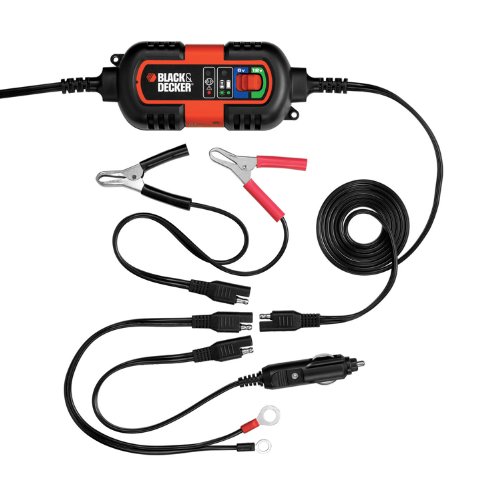Help me understand guys..
I plan to use one cig lighter for always hot so I can charge cell or ipad and to use to trickle maintain the battery. I originnaly planned to run that wire direct to the battery post with inline fuse near battery. Now I wonder because I now have several things that need constant power.
New plan: One wire from battery side of master relay to inline fuse. Then on to the bulkhead behind panel somwhere to fuse block. Then cig wire to fuse block and other things ofcourse.
Will that work for trickle charging??? Or do I need to go direct to the battery post instead with the cig plug and another line from master relay to fuse block??
Hope this is not tooo silly of a question but this wiring gets me confused easily at times.
Thanks all
I plan to use one cig lighter for always hot so I can charge cell or ipad and to use to trickle maintain the battery. I originnaly planned to run that wire direct to the battery post with inline fuse near battery. Now I wonder because I now have several things that need constant power.
New plan: One wire from battery side of master relay to inline fuse. Then on to the bulkhead behind panel somwhere to fuse block. Then cig wire to fuse block and other things ofcourse.
Will that work for trickle charging??? Or do I need to go direct to the battery post instead with the cig plug and another line from master relay to fuse block??
Hope this is not tooo silly of a question but this wiring gets me confused easily at times.
Thanks all





